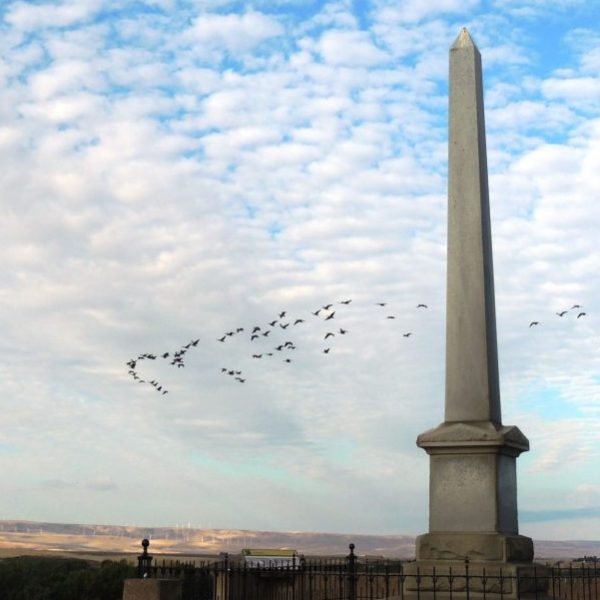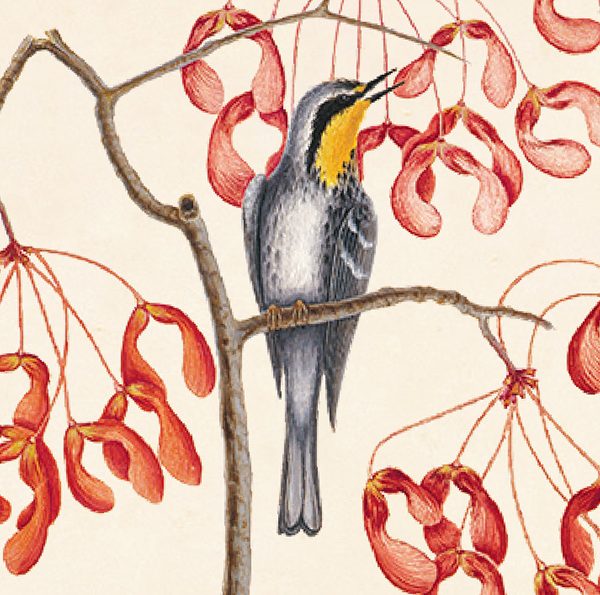Comanche Lands
On a surface level, Pekka Hämäläinen’s Comanche Empire exposes and defends an overlooked narrative in American history. His book tells the story of the Comanche people, from their first mention in the ledgers of a Spanish colonial official in 1706 to their decimation by famine and an expanding United States in the 1870s. The century and a half in-between witnessed the creation and evolution of an empire. Comanches traded with and stole from the Spanish, French, and Americans alike. They fought wars and signed treaties; raided ranches and conceded territories; adopted friends and enslaved enemies. In this regard, Hämäläinen does what all good historians do: he gives depth to a time, place and people.
A critical reading of The Comanche Empire, however, reveals a complexity of thought and intent that elevates the work above the values of common knowledge. When Hämäläinen writes that the goal of his book is “to recover Comanches as full-fledged humans and undiminished historical actors,” he initiates a challenge, not an addition, to traditional American historiography. He alludes to a unique perspective that forces the reader to rethink not only the parameters of American history, but also the definitions of such critical ideas as empire, nation, and property. It is the last of these three, Hämäläinen shows, that makes the Comanche empire “a historical phenomenon so complex and abstract in nature and so vast in scope that contemporaries were able to grasp, at best, only fragments of it.” 
The Comanche conception of property hinged upon a different understanding of the value of land. In a passage describing the simultaneous expansion of Comanches and Americans in the 1840s, Hämäläinen writes, “Comanches desired the resources of the land, Americans wanted legal titles to it.” Comanches, he explains, viewed livestock, crops and slaves as the domain of private property. Americans, on other hand, saw value in the land itself: in the ownership of space instead of goods. This divergent perception of property allowed the two empires to co-evolve: Americans could lay claim to the abstract ownership of land while Comanches maintained control over that land’s tangible resources. This is not merely the explanation of a people’s effects upon American history: this is an exposition of a completely different way of thinking about social structures and interactions.
When Larry McMurtry notes in the New York Review of Books that Hämäläinen is at his best when writing about Comanche commerce, he hints at this idea that Comanche society was founded upon completely different premises than its European and American counterparts. Comanches “saw trade and theft,” Hämäläinen writes, “not as mutually exclusive acts but as two expressions of a broad continuum of reciprocity.” That is, giving and taking were not necessarily viewed as expressions of alliance or hostility, but rather as intrinsic components of social interaction as such.
As with the discussion of property, Hämäläinen’s explanation of Comanche trade forces the reader to ask not only what people compose American history, but also what ideas undergird American reality. When the Comanche empire crumbled in the 1870s, did their conceptions of property and trade die with it? Or perhaps there is more to take away—that there is greater truth to be learned from tales of land and ghosts of the American frontier.

























